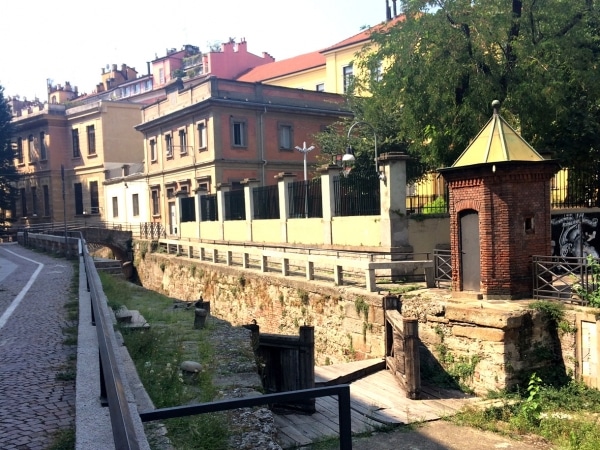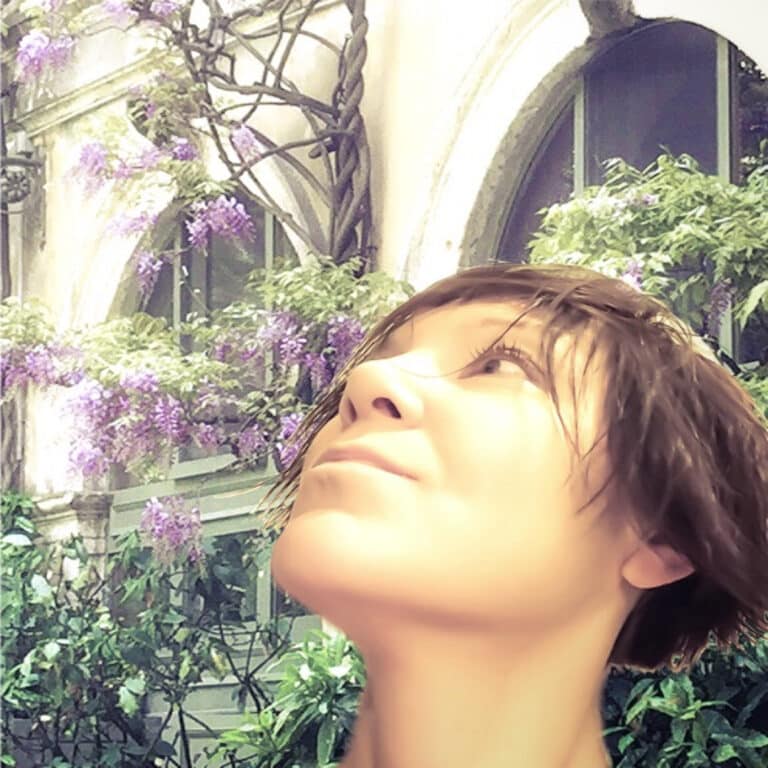Conca dell'Incoronata Milan
Da Vinci's genius at work
Everyone is familiar with the Navigli, Milan's two main waterways, but I bet only a few people know about the Conca dell'Incoronata, otherwise known as Conca delle Gabelle. I'm talking about an ancient water basin that allowed the waters of the Naviglio Martesana, in North Milan, to connect to the ring of canals that surrounded the city, known as the Cerchia dei Navigli.
Back in the Middle Ages, this network of canals (navigli) both protected the city and made navigation possible. It was here that merchants had to pay a fee when entering Milan - hence “gabella” (duty). Even if Da Vinci was only one of the engineers to study and improve the system of the Conca, that was built in 1496, the Milanese call this spot “Le chiuse di Leonardo”, Leonardo's sluices.
In the 1930s, this portion of the Naviglio Martesana, as well as other canals in the “Cerchia” system, were buried underground due to new urban planning; today, the Conca dell'Incoronata is the remains of what once was the path of the Naviglio Martesana towards the city centre: so no water, but yes beauty! The stone bridge and the surrounding area were restored in early 2020, so you can easily walk or bike under the tunnel that connects Via San Marco to the Porta Nuova area.
Whenever I'm around here I picture how beautiful Milan must have been during the Renaissance and fantasize about the underground canals being re-opened, something that every now and then even the City administration considers doing...
About this spot
Via San Marco 35
- 24 hours daily
€
free
Find your way with 185 Insider Tips from our Local Spotters
Nice place right!? There’s so much more to discover:
Discover all other hidden gems in Milan
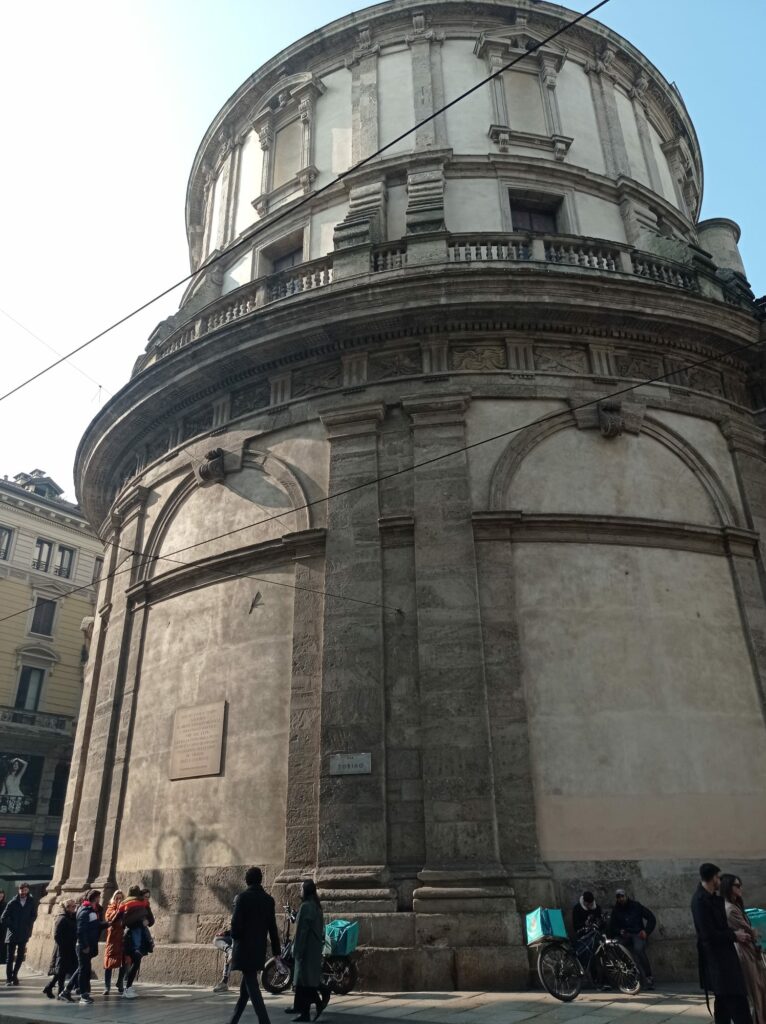

Church of Saint Sebastian
Against the plague
One of the most interesting in the city, founded in 1576, it has the same structure as some Roman-Greek circular temples, "tholos" in ancient Greek.
by
Vladislav
Karaneuski
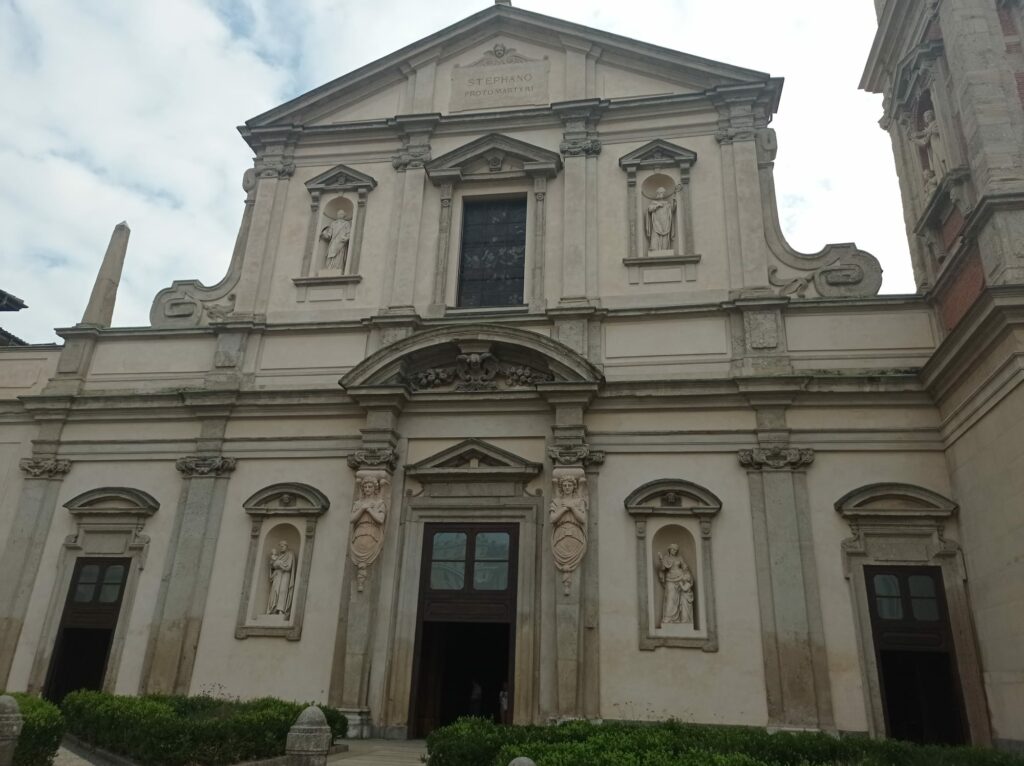

Church of Santo Stefano
Or a crime scene
It was built in the V century around a stone, which beneath it had the relics of four Christian martyrs who were brutally tortured and then killed...
by
Vladislav
Karaneuski
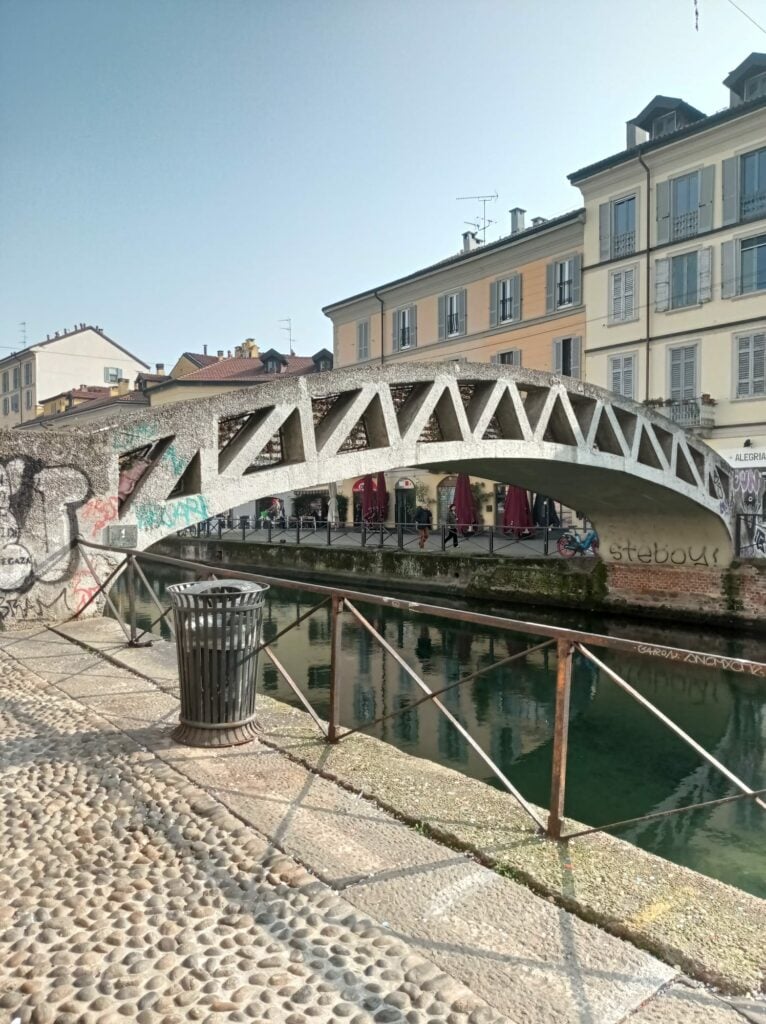

Alda Merini Bridge
The most romantic bridge
Alda Merini was one of the most interesting people in the city and was always wandering around Navigli, so anybody could go and meet her in that district.
by
Vladislav
Karaneuski
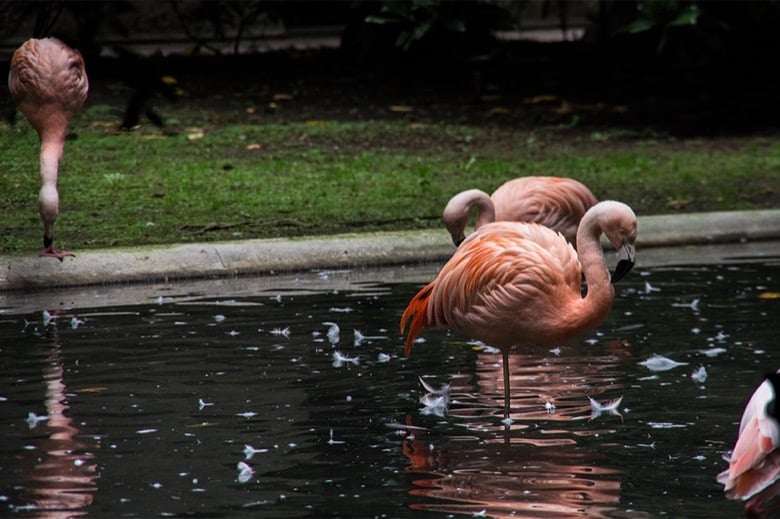

Villa Invernizzi
Secret Flamingo Oasis
Villa Invernizzi is an impressive Milan mansion with its own covey of pink flamingos. They spend their quiet lives in the garden, used to the attention.
by
Matteo
Banchi


Pinocchio's Statue
Reflection on Transformation
Though Pinocchio's statue is easy to overlook, it serves as a reminder of Milan’s deep connection to Italian culture, inviting us to see beyond the surface
by
Matteo
Banchi
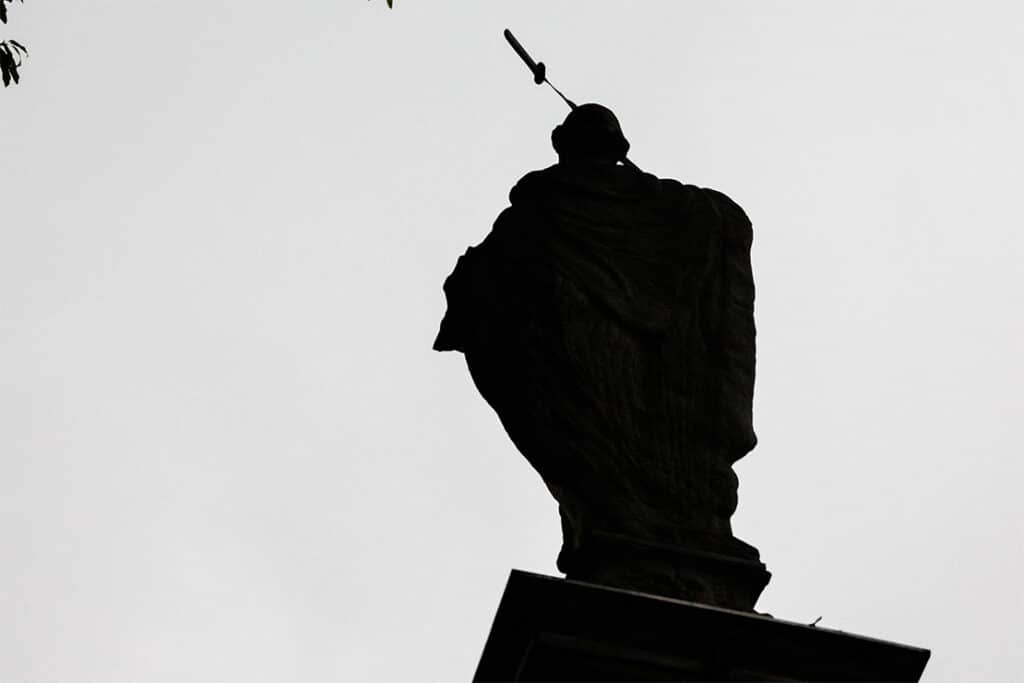

Saint Peter Martyr's Column
Look Up: The Story
On Saint'Eustorgio square stands the statue of Saint Peter of Verona, the crual Inquisitor of Milan and Como, overseeing trials for witchcraft and sorcery.
by
Matteo
Banchi
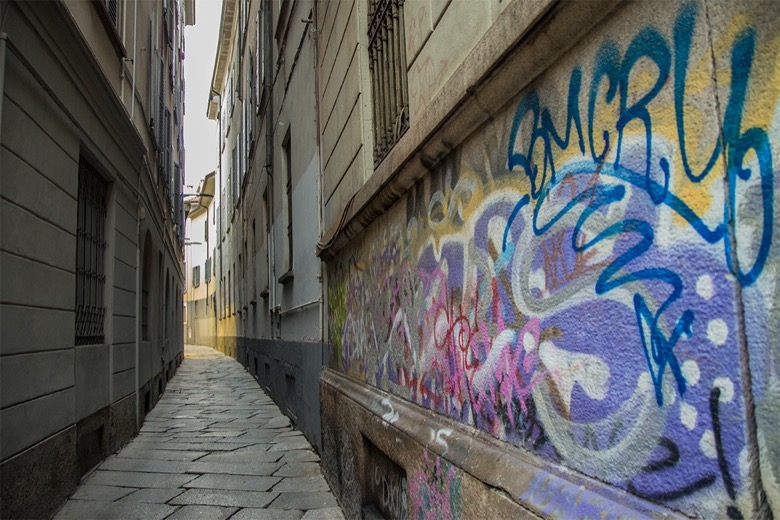

Bagnera Street
Milan's Darkest Alley
Locals say via Bagnera is haunted, with the wind carrying whispers of a gruesome legacy. Pause and imagine Milan’s hidden history in this quiet corner.
by
Matteo
Banchi
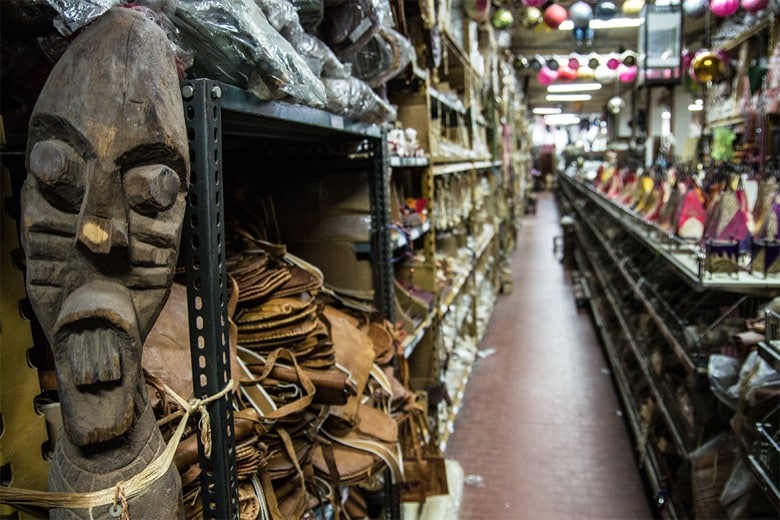

African Oriental Craft
Treasures Hidden Gem
AOC's charm is not just in the goods but in the story behind them, shared passionately by the founder’s son and his wife, who now run the store.
by
Matteo
Banchi


Sulfur Water Fountains
A Glimpse into the Past
These fountains, both historic and functional, are reminders of Milan’s longstanding connection with mineral water—an overlooked aspect of the city’s past.
by
Matteo
Banchi
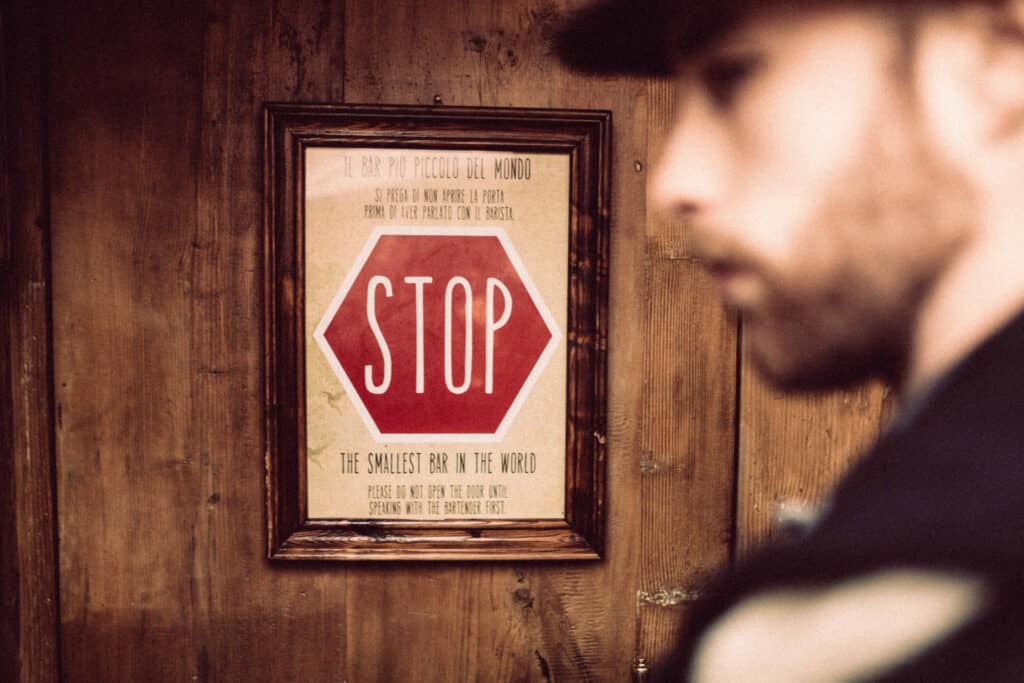

Backdoor43
Smallest, Most Mysterious Bar
Backdoor43 in Milan is life experienced through a whiskey glass. This is the smallest bar in the world. 3 people maximum for each session, booked in advance.
by
Matteo
Banchi
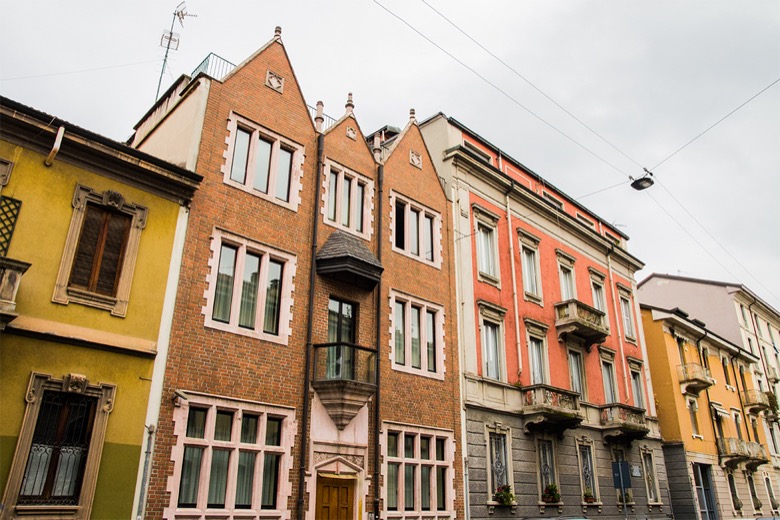

The 770 House
A Little Slice of Brooklyn in Milan
Casa 770 striking facade was built to bring a piece of Brooklyn’s spirit to Milan, it’s the only one in Europe, and now it serves as a cultural hub.
by
Matteo
Banchi
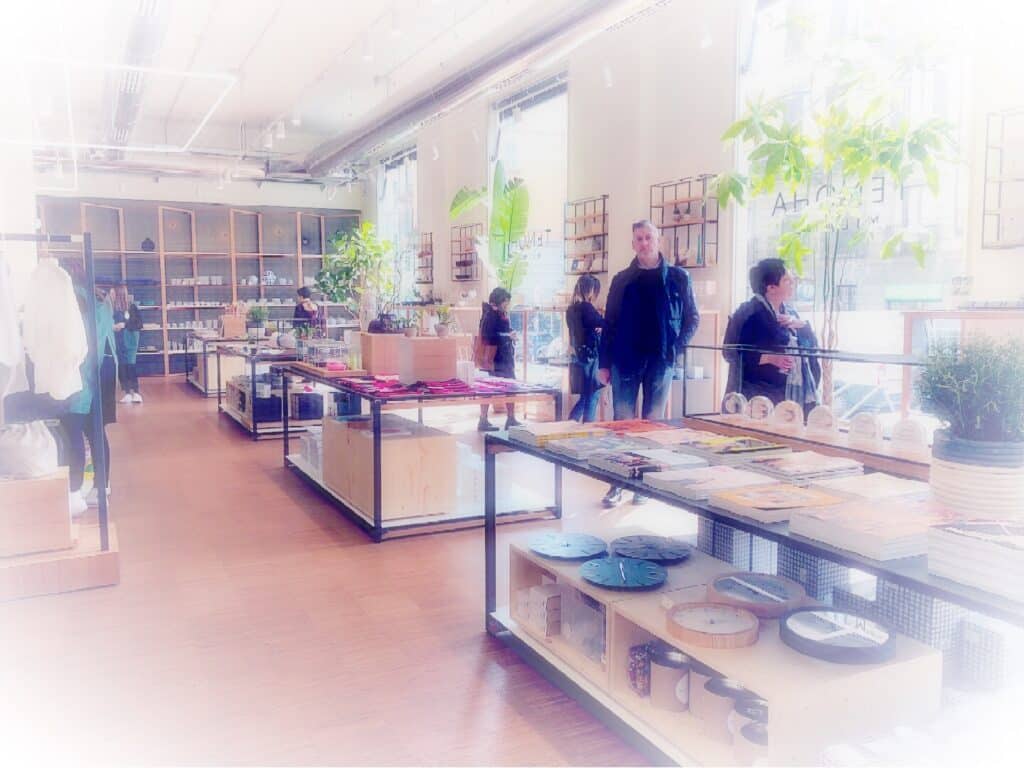
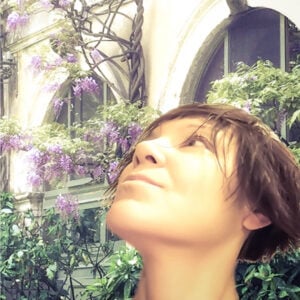
Tenoha Milano
Looks like Nippon, feels like Japan
"Tenoha Milano" has Nippon minimalism. No fluffy puff, no chichi, no HelloKitty. This place oozes craftsmanship, period. You'll wanna come back asap.
by
Michela
Susanna Maier
Heading to Milan?
185 Insider Tips from our local Spotters
Authentic Stories by Real People
Escape the Crowd & Travel Slow 🐌
... for just €9.99

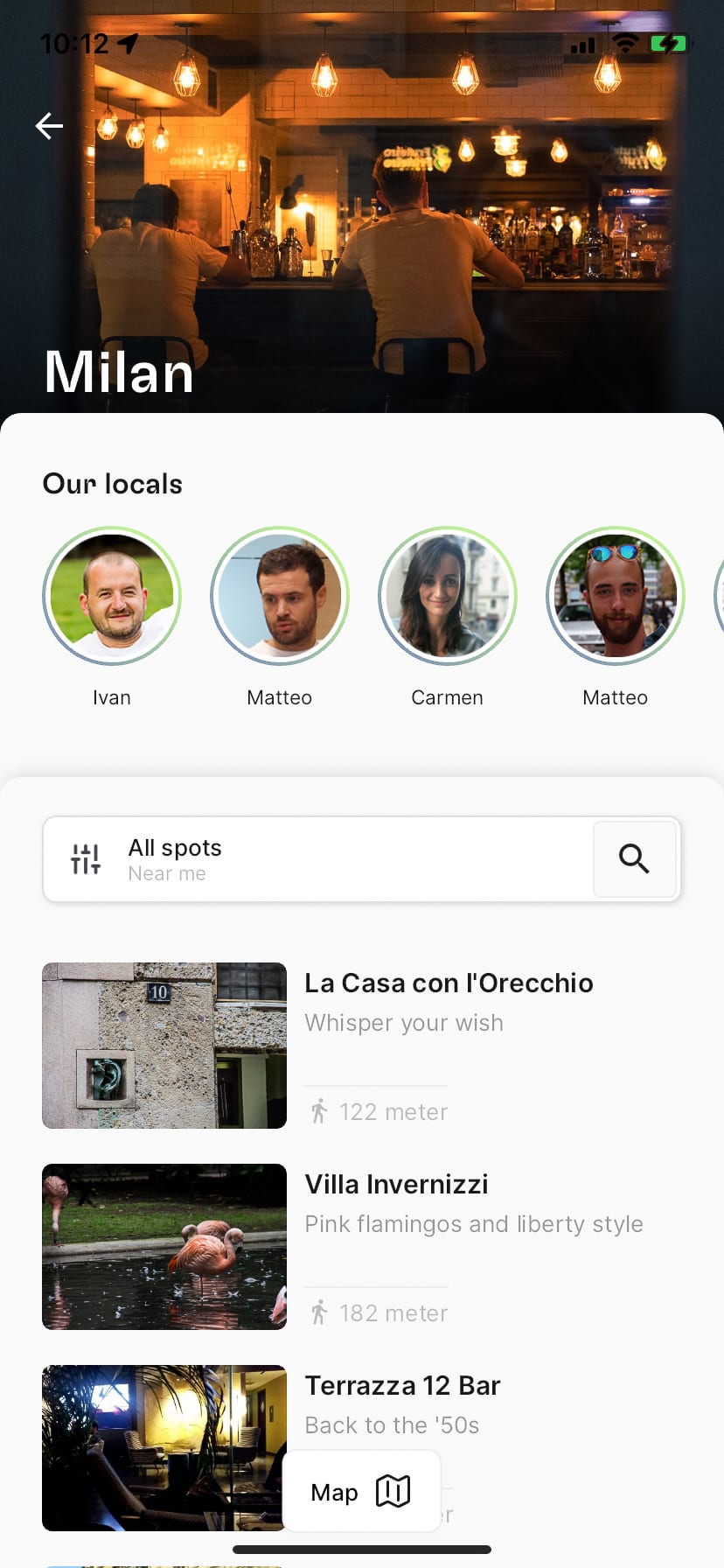

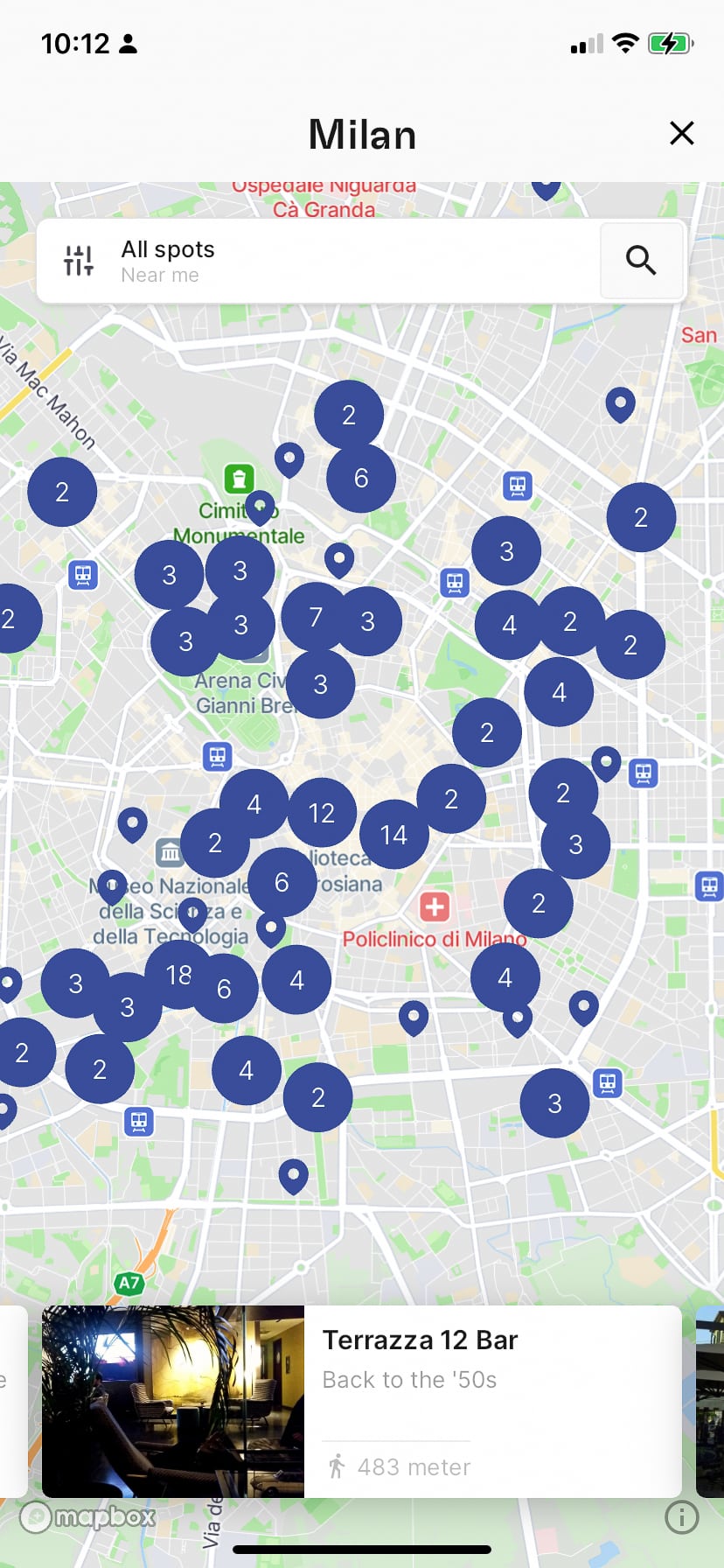


Heading to Milan?
✓ 0 Insider Tips from our local Spotters
✓ 185 Insider Tips
✓ Escape the Crowds
✓ Find Spots nearby
✓ Authentic Stories
... for just €9.99
City guides by those who know the city in and out!
Our Locals' Favorite Art & culture
Our team loves Milan
Get to know our other Spotters from Milan
As featured on:





